State of Design 2024
I became head designer in 2003 and decided to write a yearly column about how I felt the design of the previous Magic year had gone. I modeled the article after a speech the US president gives once a year. My column was first published in 2005, the year that the first sets I oversaw as head designer were released.
Here are the links to the last nineteen columns:
I'll begin by looking back at the entire year, talking about the highlights and lessons of the year. Then, I will discuss each booster release with new content and talk about the highlights and lessons of that particular set. There's a lot of amazing design work that went into non-booster releases, but I'm only one man with a limited word count. Note that I'll be talking more about big-picture design rather than providing card-by-card commentary. This column will cover The Lord of the Rings: Tales of Middle-earth™ through Modern Horizons 3.
As always, I begin with the same question. How was the last year of Magic design?
I'd say it was a mixed bag, with many high highs but also some low lows. The last Magic year had some of the best-selling sets of all time and some big misses, including our worst-performing set in many years. We did a bunch of things right and did some things wrong.
Overall Magic Design
Highlights
We pushed more boundaries.
Thirty years in, I'm proud to say we aren't playing it safe. While not every set worked out, I like that we were trying to stay true to the core of Magic design, which is always leaning into its evolution. We had bold objectives, both in what the sets were about and in the individual mechanics and card designs we created.
We leaned into resonance.
Regular readers know how much I value resonance. If our job is to make all of you happy, we want to tap into things that excite you. This last year had us going in many different directions trying to find something for every Magic player. I hope that each of you had at least one set that spoke to you personally.
There were a lot of cool individual card designs.
There's a lot to discuss at the macro-level about Magic design, but the individual successes still matter. Are we designing individual cards that are cool, evocative, and fun to play? I think we did quite well in this category, both for the Mels who are looking for innovative mechanical design and the Vorthoses who want flavorful top-down designs.
Lessons
We were too on the nose with our tropes.
Resonance is good, but there's such a thing as too much of it. I feel this year, we leaned a bit too far in that direction. With numerous sets, the volume of cards on a certain topic was simply too high, and our overtone was, at times, too meta in its creation. We do want to continue to make cards about topics that excite people, but we need to look at our execution.
Some individual mechanics were too complex.
In our quest to push boundaries and find new design space, we ended up with some designs that were simply more complicated than needed. There's a tension between doing enough and doing too much, and I think we should be careful about adding volume to mechanics that isn't worth the additional words, complexity, and logistics.
More mechanics were polarizing than previous years.
One of the things I noticed when mapping out my notes for this column was how often a mechanic ended up as both a highlight and a lesson. I am a big believer that we want to make things some people love even if others hate it, but I don't think being polarizing should be our goal.
Planes need to feel more engrained in the bigger picture.
I got a lot of feedback on worldbuilding this year, and the core message of it was that people want the Magic in-universe sets to feel more like Magic. Part of leaning into tropes has meant some of the settings have felt thinner than previous Magic settings. A side part of this was that people want the larger story to feel more engrained into the worldbuilding. For example, while the impact of the Phyrexian invasion was integral to sets from a story standpoint, it wasn't as visible as some players wanted from how the story presented itself on cards.
The Lord of the Rings: Tales of Middle-earth™
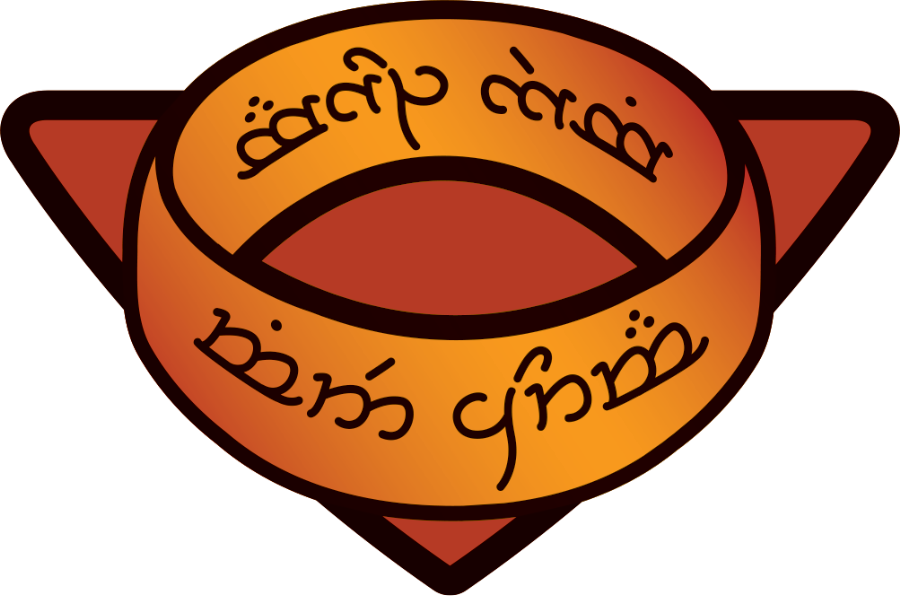
Highlights
The set did an excellent job of capturing the flavor of the books mechanically.
There's a reason we chose The Lord of the Rings for our first full Universes Beyond set. It's such a foundational work to the fantasy genre that it felt like a perfect fit for Magic. We spent extra time on it because we knew how important it was for the flavor to be spot on. I think it's an area where the design excelled. From characters to story moments to important objects, the set did an amazing job of capturing the books through the lens of Magic design. There were a lot of compliments about top-down design choices and mechanical execution.
The set excelled at its creative elements.
Players had a huge appreciation for how the art showed off the world and story. They liked how the set allowed fans of The Lord of the Rings to see components that had never been shown visually before. They also appreciated how the various card components were used well to reference the novels.
The execution of the mechanics led to good gameplay.
This set made use of existing Magic technology to not only bring Middle-earth to life, but to create fun play patterns. Amass got the most compliments, but players also liked the use of Food tokens, scrying, Halfling typal, the
Lessons
The Ring tempts you received a lot of criticism.
While some enjoyed how the mechanic played, especially the role it added to evasion in Limited, the mechanic had several big complaints. Many thought it didn't capture the feel of the Ring as it didn't have any downside built into it. Some just wish it had a different name, while others wanted a mechanical overhaul. Some didn't like how complex it was, as it was hard to remember what bonuses it granted you. In hindsight, we wanted it to have three abilities instead of four.
There was a color imbalanced in Limited.
Black and red, especially together, were just better than the other colors. This warped Limited and cut off access to a lot of themes that players wished were more viable, especially blue-green Elves.
Two of the cards were too good.
The biggest complaint I got about this set was the power level of two cards:
Wilds of Eldraine
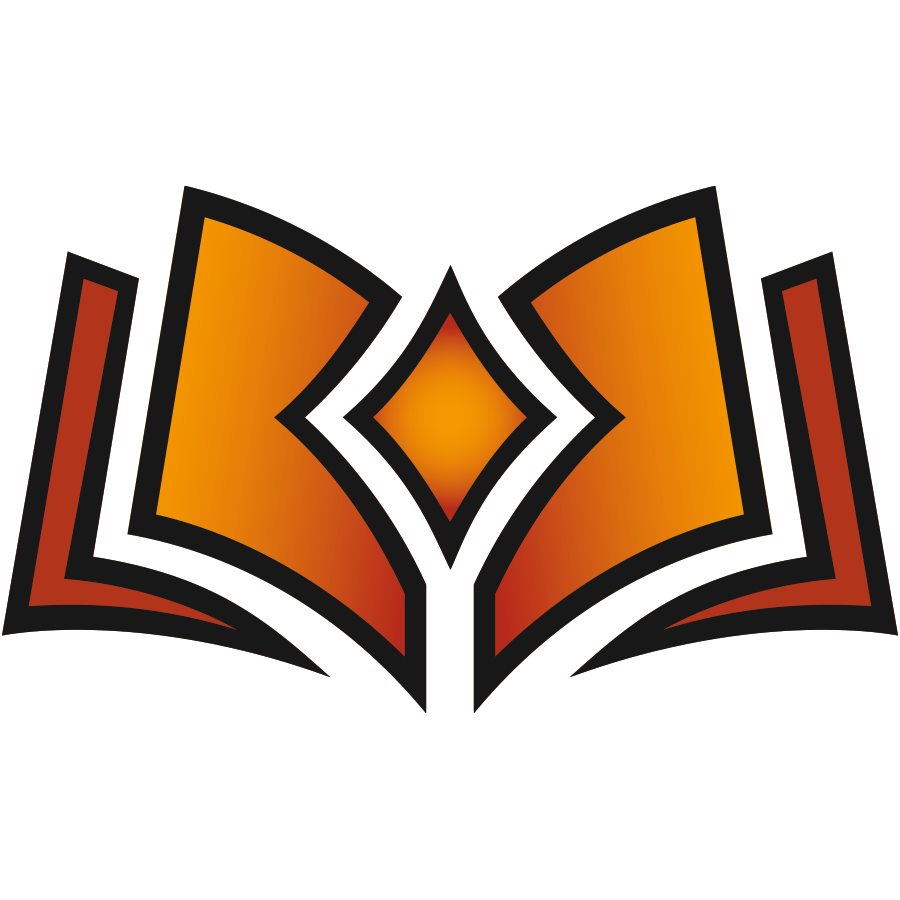
Highlights
Enchanting Tales, the enchantment bonus sheet, was a huge hit.
Players, in general, enjoy bonus sheets. The two things they prefer most is that the reprints are desirable and that the bonus sheet has a strong theme that makes it easy to know what to expect from it. Wilds of Eldraine's bonus sheet did this well, focusing on popular enchantments to match the set's enchantment theme. Players enjoyed the card selection and the art, but there were some complaints that the bonus sheet cards didn't play better in Limited.
Players liked the draft archetypes being built around stories.
Each of the two-color draft archetypes was tied mechanically and creatively to a single fairy-tale story. This meant when you drafted, your deck tended to have a fairy tale it focused on. Players enjoyed this, and felt it enhanced the draft. There was debate on the various stories with some (the monster food one being called out the most) being polarizing.
The mechanics were mostly well received.
Players enjoyed the return of Adventures and Food tokens. The new bargain mechanic got a lot of positive feedback. Roles, the biggest mechanical addition, were beloved by some but caused issues for others.
Lessons
Roles were fiddly and had logistical issues.
While most players liked the enchantment theme, some did not like the roles. They were hard to remember, and it was often hard to get the appropriate token in Limited. Some complained there were too many, while a different group wished they were more dissimilar from one another. A final complaint was from players who wished roles had a bigger mechanical impact in Constructed.
Some players wanted more representation of the courts.
Throne of Eldraine was more focused on the five courts of Eldraine and less on the fairy-tale portion of the set. The return focused on the fairy-tale portion, which had proven the most popular in our market research, and severely cut down the presence of the courts. Some players wished the courts had played a larger role. Many of these players were also sad to see the monocolor theme, tied to the courts in Throne of Eldraine, gone.
Some players wanted fairy-tale top-downs less on the nose.
Wilds of Eldraine had a much higher percentage of its set focused on fairy-tale tropes. This allowed us to do a lot more top-down designs based on specific fairy tales. Some players felt we were too derivative of those tropes and didn't put enough of a spin on them, making them feel more like Magic.
The Lost Caverns of Ixalan
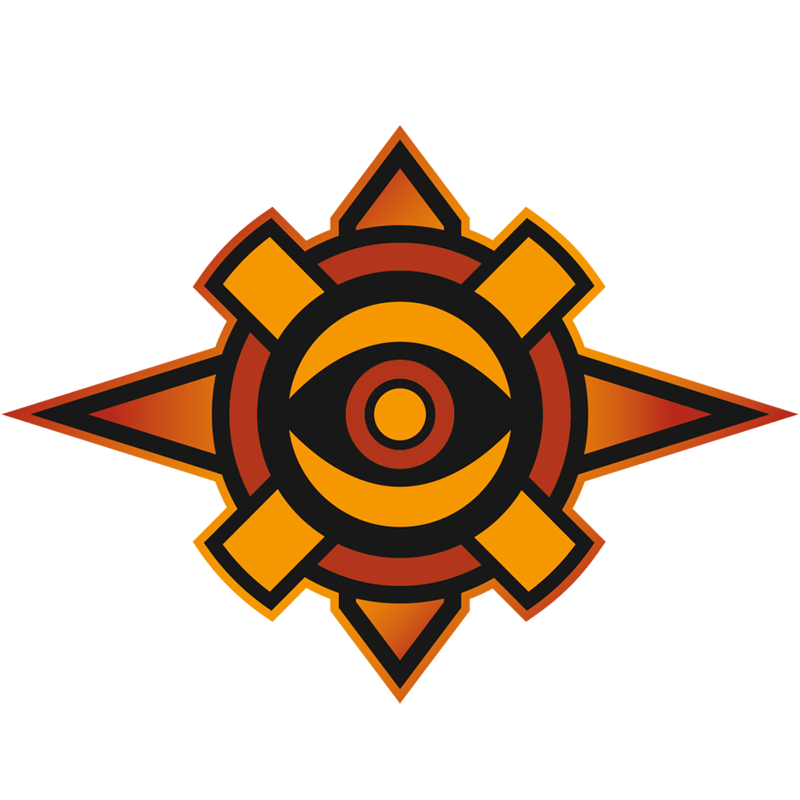
Highlights
Players liked the amazing worldbuilding and flavor.
The number-one compliment about the set was the amazing worldbuilding that went into it. Ovidio Cartagena, the set's art director, is from Guatemala. He worked alongside Miguel Lopez, the set's narrative lead, and they worked hard to imbue the worldbuilding with real-world cultural touchstones. That resonated strongly with players and gave the set a unique look and feel.
Players liked the evolution of Ixalan.
This was our second "backdrop" set after War of the Spark. Original Ixalan was much beloved as a plane, but its mechanical execution was a bit of a miss. The Lost Caverns of Ixalan did a good job of adding a whole new twist to the plane while feeling, at its core, like Ixalan. There were some players who wished we'd upped the typal themes a bit more, as original Ixalan was a typal-themed set, but most felt the set expanded the plane of Ixalan in a positive way, with the addition of Gods being the most frequent callout.
Players enjoyed the artifact and graveyard themes of the set.
There were a lot of compliments about the set's Limited play. Players felt the artifact and graveyard themes were complex enough to allow a lot of exploration. They liked the discover mechanic, the descend mechanic, crafting, and Map tokens.
Lessons
The set didn't feel underground enough.
For a set that started its design being an underground set, many of the players didn't feel the theme strongly enough. One of the biggest culprits was the fact that so many cards had blue sky in the art. Many commented that while the set did feel like a return to Ixalan, it didn't really capture the underground portion of the plane.
The mechanics were too fiddly.
Descend got the most negative feedback in this category. Having descend N, "if you've descended," and fathomless descent in the same set was confusing. Players felt that the designers should have picked one and used tweaks in later sets when the mechanic returned. Others called out craft as being a mechanic that required a lot of steps, often without a pay-off that was worth all the trouble.
Some players disliked the Jurassic World™ tie-in.
The main issue wasn't the design of the individual cards. Most players admit that they thought the top-down design for most of them were good. The issue was that they didn't like it mixed into the set. While it did tap into the Dinosaur typal theme, it didn't feel organic to what else was going on, and felt weird when they showed up in boosters. The most common feedback was not to mix Universes Beyond with Magic in-universe sets. The second most common note about the tie-in was that the cards dropped too infrequently, meaning the players that were excited to see them didn't get to see enough.
Murders at Karlov Manor
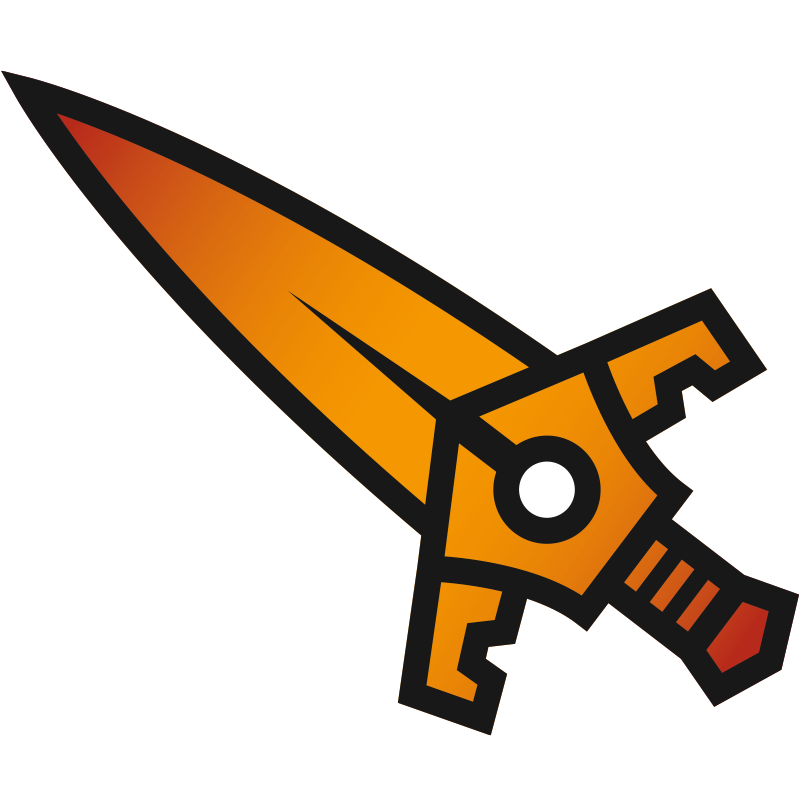
Highlights
Players liked the murder mystery theme in moderation.
Most of the players who read the story commented that they enjoyed it, and it was cool to have a murder mystery that involved characters they were already familiar with. Players seemed to like that the meta-puzzle in the set existed, although most admitted they didn't do any of the puzzles. There were also a lot of positive callouts for individual top-down designs.
Players enjoyed many of the murder mystery–themed mechanics.
Investigate returning was a huge hit. Collect evidence, cases, and the surveil lands got a lot of callouts as being personal favorites in the set. Other players commented that there were fun moments in play where you felt like you were taking part in a murder mystery.
Some players enjoyed disguise.
Morph has always been a fan-favorite mechanic, and many players enjoyed the tweak of disguise. It tended to increase face-down cards turning face up, which was the part players tend to enjoy most about the mechanic. That said, players were divided on the topic. Cloak, the tweak on manifest, did get called out as something players wished there was more of in the set.
Lessons
Other players preferred morph.
Some players did not enjoy disguise as an alternative to morph. Part of this was a feeling that it wasn't necessary. Others have grown tired of ward in recent sets, so having a whole mechanic with it was frustrating. This crowd felt having only four cloak cards wasn't worth the aggravation and the mechanic should have been left out.
The set was a bad execution of a backdrop set.
While players generally enjoyed Ixalan bringing in new themes, that positivity was mostly missing from Murders at Karlov Manor. Some felt there wasn't enough Ravnica in the set. Others felt a murder mystery should have been on a different plane, with New Capenna being the most common callout. On top of that, the set just spent way too much of its real estate on the murder mystery theme. Many felt it cheapened Ravnica by adding detective tropes. The consensus was that the murder mystery portion should have been a lot smaller, with some other more Ravnica-centric aspects filling in the void.
The detective mechanics were overdone.
Investigate, collect evidence, and Cases were popular, but Detective typal and suspect were less loved, with disguise being a mixed bag. The set's mechanics mirrored the problem with the set's flavor. It just went too all-in on a theme that was too narrow to support a whole card set. Also, the Detective-themed mechanics didn't lend themselves well to making Constructed cards, so it added to the overall lower power level of the set.
Limited was too aggro.
The set had a lot of cool mechanical elements woven into it, but much of that couldn't be appreciated because the set played too quickly in Limited. I think a lot of the frustration with the disguise mechanic comes with how it ended up interacting in Limited, making the ward even more frustrating than it might normally have been.
Outlaws of Thunder Junction

Highlights
Players enjoyed the suite of mechanics.
The number-one positive feedback I got about the set was how much fun all the mechanics were. Plot got the most mentions, but spree, committing crimes, saddle, and the outlaw batch all got frequent compliments. It wasn't just that they were fun, but they pushed into new spaces, had backward compatibility, and allowed new deck themes.
Limited played great.
Another big note from players was how much fun the Limited environment was. There were many options one could take while drafting and a lot of different facets to explore. The two bonus sheets got compliments in that they added fun elements to drafting and also complaints that they contained too many powerful cards.
Many players enjoyed the Western flavor.
Magic had been talking about doing a Western-themed set for years, and many players were excited to finally go there. More so than any other recent Prerelease, players dressed up for the event, both at Prereleases and in online content.
Lessons
The plane felt paper thin.
If the mechanics were the biggest compliment, the worldbuilding was the biggest complaint. Players had been so eager to see Magic's take on the Western genre, and most thought the set didn't really deliver on it. It felt very surface level and not a unique take on the genre. This was exacerbated by the lack of a Planeswalker's guide, though the worldbuilding team did put a lot of work on aspects of the set that players didn't get to learn about. Players would learn things, such as no creatures being native to the plane, while being introduced to the cactus creatures, not understanding how those seemingly contradictory facts coexisted.
No justification for all the legendary creatures.
This feeling was compounded by the set's large number of legendary creatures from across the Multiverse. Why were so many of them here in Thunder Junction? Except for Oko and his gang, we never explained why, and that made the legendary theme feel hollow. This contributed to the feeling of the set adding the Western aesthetic to prexisting characters.
The tone felt too jokey.
The lack of explanation of how the plane functioned was heightened by the number of the cards in the set that took a lighter tone. Magic normally takes its settings very seriously. Yes, there's humor in most settings, but it exists in contrast to the feel of the plane. As that general feeling was absent, the jokes pulled the tone of the whole set in a direction that made it feel like we didn't care about the setting, and thus, you the player shouldn't care either.
Modern Horizons 3
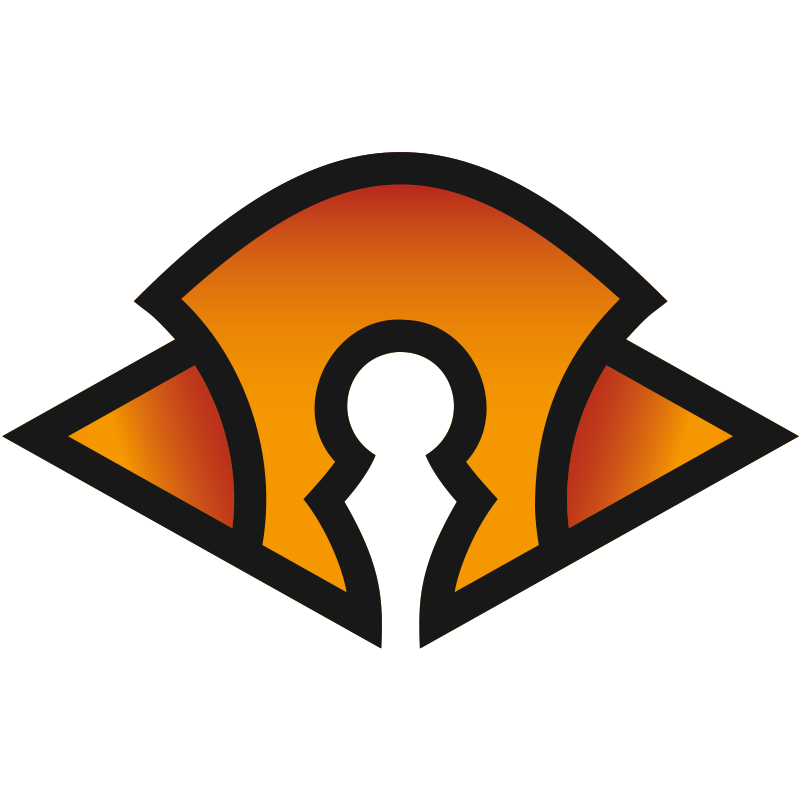
Highlights
Many players loved the references and callbacks.
Modern Horizons's mix of nostalgia and high complexity, making use of many old mechanics to create cards that premier sets can't, is a winning recipe. Players enjoyed the mixing and matching of mechanics, the deep-cut references, and the clever card-by-card designs.
The themes were fun.
Energy, Eldrazi, and modified were all called out as compelling and exciting themes, although numerous people stated they would be happy to never see annihilator again. Many players liked that we were tapping into themes that needed more cards in larger formats and felt that they gave Limited a unique feel.
Limited was a blast.
Modern Horizons 3's higher complexity allow us to create a Limited environment that's unlike most others. There are many enfranchised players who call out the Modern Horizons sets as the best Limited formats due to their depth and high synergy. Many stated they were glad it was draftable on MTG Arena.
The double-faced cards were a big hit.
Modern Horizons 3 added double-faced cards for the first time. It was a big hit. Players have been asking for another cycle of double-faced planeswalkers, so they were quite happy to see one in the set. The modal double-faced lands were also a popular addition to the set. But players wanted to see even more DFCs. There are a lot of different designs they enable, and some were sad that Modern Horizons 3 only made use of two executions. They wanted a lot more one-off designs.
Lessons
Many players didn't like the impact on the older formats, especially Modern.
Before the first Modern Horizons set, tentpole sets were mostly aimed at Standard . That meant the influx of new, relevant cards to Modern, and other older formats, was small, as Standard sets have a lower power level. This allowed the format to evolve slowly and let players have pet decks that were viable for many years. Modern Horizons sets have greatly increased the influx and made Modern a format that has a much faster evolution than it used to. Many players don't like this impact, and Modern Horizons 3 continued it.
Two cards have play balance issues.
It's hard to talk about Modern Horizons 3 without discussing two cards.
We leaned on our themes too much; not enough wacky one-offs.
While players did enjoy the main themes, some felt we overdid them, choosing to dedicate too many cards to them. Part of what makes Modern Horizons sets charming is the variety between designs, and many felt that the set was less charming than it could have been because the design spent too much time on the main themes.
One More Year
That's all I have to say on the design of the last Magic year. I hope the insights I talked about reflect how many felt about the sets. I do think taking a critical look back is crucial to making improvements on the future of the game. I want to thank everyone who took time to share their insights with me through social media.
As always, I'm curious for your feedback on this column or any of my thoughts on this year's sets. You can email me or contact me through any of my social media accounts (X, Blogatog, Instagram, and TikTok).
Join me next week when I revisit the Counsel of Colors.
Until then, may you always feel free to share your thoughts on the latest set with me.

